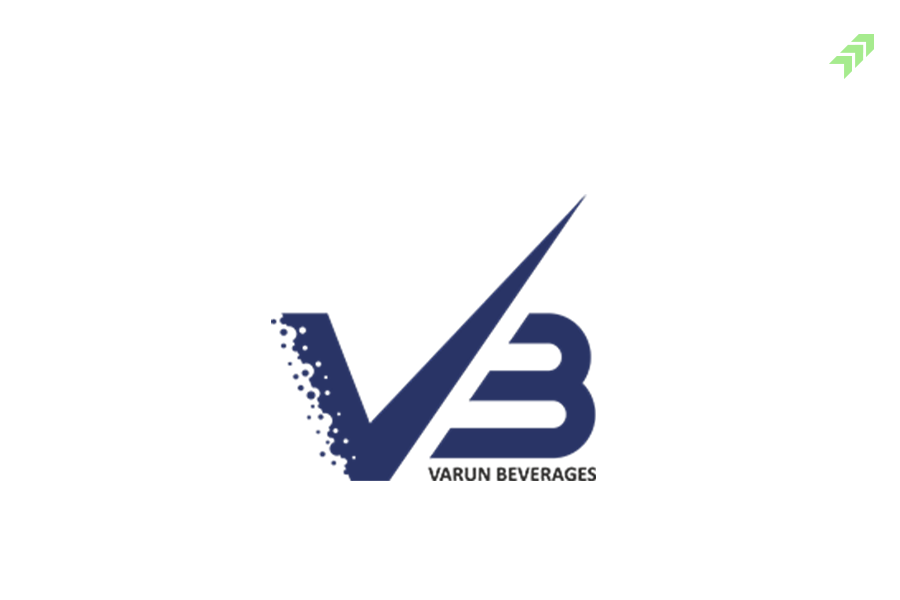Varun Beverages Limited (“VBL”) is one of the best stocks in beverage industry and one of the largest franchisee of PepsiCo in the world (outside USA). The company operates in production and distribution of both carbonated soft drinks (CSDs) and a large section of non-carbonated beverages (NCBs), selling packaged drinking water which sold under trademark owned by PepsiCo. Since the 1990s Varun Beverages and PepsiCo has been associated with each other and have business association of more than three decades between them. In India, across 26 states and 6 union territories Varun Beverages has been granted the franchise for various PepsiCo products. In terms of contract market demand, India is the largest market with contribution of 72% in revenue from operations in fiscal 2024. In territories of Nepal, Sri Lanka, Morocco, Zimbabwe, Zambia, South Africa, Eswatini & Lesotho, Varun beverages have also granted the franchise for various PepsiCo products. Along with this got DRC and distribution right for Namibia, Mozambique, Botswana and Madagascar. There are multiple brands which are sold & produce by VBL such as Mountain Dew, Sting, Seven-up, Pepsi, Pepsi Zero, Mirinda, Evervess and Seven-up Nimbooz Masala. In sport drink segment, carbonated juice and packed drinking water are sells by company it include Gatorade, Seven-Up Nimbooz and Slice & Tropicana.
Quarter Consolidated Financial Statement of VBL
| Particulars ( Rs millions ) | Q1 2025 | Q1 2024 | YoY (%) | CY 2024 | CY 2023 | YoY (%) |
| 1.Income | ||||||
| ( a ) Revenue from operations | 56,800.26 | 43,979.80 | 29.2 % | 204,813.28 | 163,210.63 | 25.5 % |
| ( b ) Excise Duty | 1,130.91 | 806.67 | 40.2 % | 4,736.78 | 2,784.82 | 70.1 % |
| Net Revenues | 55,669.35 | 43,173.13 | 28.9 % | 200,076.50 | 160,425.81 | 24.7 % |
| ( c ) Other income | 280.58 | 83.53 | 235.9 % | 1212.68 | 793.59 | 52.8 % |
| 2. Expenses | ||||||
| ( a ) Cost of materials consumed | 26,710.71 | 19,309.22 | 38.3 % | 82,937.43 | 70,264.61 | 18.0 % |
| ( b ) Purchase of stock – in – trade | 711.84 | 2,352.15 | -69.7 % | 6,859.21 | 4,626.96 | 48.2 % |
| ( c ) Changes in inventories of FG | (2.131.92) | (2,785.88) | 23.5 % | (749.40) | (842.69) | 11.1 % |
| ( d ) Employee benefits expense | 5,115.02 | 3,936.72 | 29.9 % | 18,850.26 | 14,465.87 | 30.3 % |
| ( e ) Finance costs | 411.24 | 936.87 | -56.1 % | 4,503.86 | 2,680.99 | 68.0 % |
| ( f ) Depreciation and amortization expense | 2,725.13 | 1,875.16 | 45.3 % | 9,473.86 | 6,809.06 | 39.1 % |
| ( g ) Other expenses | 12,624.06 | 10,473.31 | 20.5 % | 45,068.29 | 35,816.21 | 25.8 % |
| Total expenses | 46,166.08 | 36,097.55 | 27.9 % | 166,943.51 | 133,821.01 | 24.8 % |
| EBITDA | 12,639.64 | 9,887.61 | 27.8 % | 47,110.71 | 36,094.85 | 30.5 % |
| 3. Profit before share of P&L of associates and JVs (1-2) | 9,783.85 | 7,159.11 | 36.7 % | 34,345.67 | 27,398.39 | 25.4 % |
| 4. Share of loss of associates and joint venture | (5.77) | (1.61) | -258.4% | (14.78) | (4.79) | -208.6% |
| 5. Profit before tax (3 + 4) | 9,778.08 | 7,157.50 | 36.6 % | 34,330.89 | 27,393.60 | 25.3 % |
| 6. Tax expense | 2,464.50 | 1,677.68 | 46.9 % | 7,988.04 | 6,375.47 | 25.3 % |
| 7. Net profit after tax (5-6) | 7,313.58 | 5,479.82 | 33.5 % | 26,342.85 | 21,018.13 | 25.3 % |
KPI of Varun Beverage Limited
| Ratio | Q1 2025 | Q4 2024 (QoQ Prev.) | Q1 2024 (YoY Prev.) | QoQ Change (%) | YoY Change (%) |
| Revenue from Operations (₹ mn) | 56,800.26 | 38,176.15 | 43,979.80 | 48.8% | 29.2% |
| Net Revenue (after excise) | 55,669.35 | 36,888.14 | 43,173.13 | 50.9% | 28.9% |
| EBITDA (₹ mn) | 16,123.56 | 8,883.61 | 12,543.67 | 81.5% | 28.6% |
| EBITDA Margin (%) | 28.96% | 24.1% | 29.05% | +4.8 pts | -0.1 pts |
| PBT (₹ mn) | 9,778.08 | 2,548.23 | 7,159.11 | 283.7% | 36.6% |
| PBT Margin (%) | 17.56% | 6.9% | 16.59% | +10.7 pts | +0.97 pts |
| Net Profit (₹ mn) | 7,313.58 | 1,956.44 | 5,479.82 | 273.7% | 33.5% |
| Net Profit Margin (%) | 13.14% | 5.3% | 12.69% | +7.84 pts | +0.45 pts |
| Total Expenses (₹ mn) | 46,166.08 | 36,074.26 | 36,097.55 | 27.9% | 27.9% |
- EBITDA increased by 27.8% in Q1 CY2025 to Rs. 12,639.6 million from Rs. 9,887.6 million in Q1 CY2024 in-line with Net Revenue growth.
- EBITDA margins improved in India by 111 bps on account of operational efficiencies from the robust volume growth but declined at the consolidated level by 20 bps because of the lower profitability in South Africa market @ 14.4% and its higher mix in the Q1 CY2025.
- PAT increased by 33.5% to Rs. 7,313.6 million in Q1 CY2025 from Rs. 5,479.8 million in Q1 CY2024 driven by robust volume growth and lower finance cost.
- Depreciation increased by 45.3% on account of commissioning of new plants of last year in Supa, Gorakhpur and Khordha.
- Post repayment of debt through QIP proceeds, there is less finance costs in India & interest income of Rs. 108 million during the quarter. Interest cost of Rs. 86 million includes the lease rentals as the manufacturing facilities in South Africa are on lease.
- Consolidated sales volume grew by 30.1% to 312.4 million cases in Q1 CY2025 from 240.2 million cases in Q1 CY2024 driven by strong organic volume growth of 15.5% in India and in-organic volume contributions from South Africa and DRC.
- Net Revenue from operations grew by 28.9% in Q1 CY2025 to Rs. 55,669.4 million from Rs. 43,173.1 million in Q1 CY2024.
- CSD constituted 75%, NCB 7% and Packaged Drinking Water 18% in Q1 CY2025.
- The company’s profitability has improved considerably. Profit before tax (PBT) for March 2025 stands at ₹9,778.08 million, a significant jump from ₹2,541.37 million in December 2024 and ₹7,157.50 million in March 2024.
- Tax expense has also increased due to higher profits, with current tax in March 2025 at ₹2,292.73 million.
Conclusion
The company’s Q1 FY2025 financial performance made it best stock to buy in beverage industry, showcasing not only strong revenue growth but also significant change in profitability and operational efficiency. With a 48.8% QoQ and 29.2% YoY rise in revenue from operations, and a 273.7% QoQ increase in net profit. The growth of EBITDA and net profit margins further shows a better management on operational leverage, favorable product mix, and cost control.
In short, the company will continue its growth trajectory because of well positioned in market. The robust QoQ increased in revenue shows that demand for company products and services are improving, followed by industry tailwinds, economic recovery and product innovation. Factors like investment in capacity building, growth into new markets or product innovation could as main variables for further upside. Although other external risks such as regulatory changes, input cost inflation or global economic slowdowns should evaluate carefully. The company financial outlook remains positive because of their positive earning and strong improving margins.

















